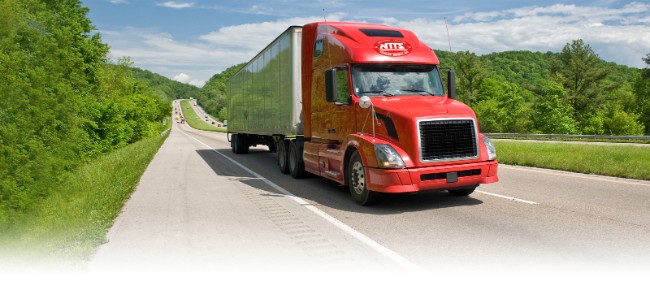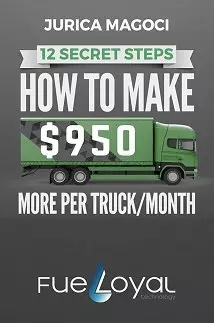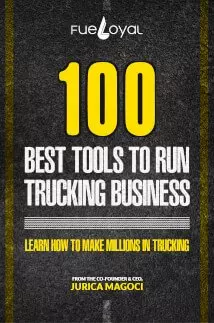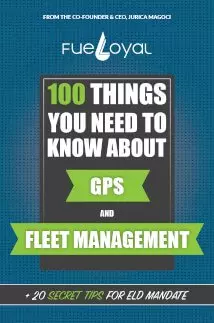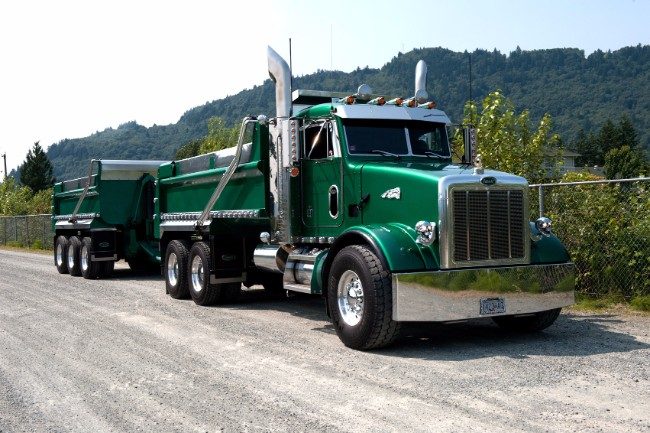
In the USA (and most everywhere else) the government sees fit to classify everything. They do this for safety purposes, tax reasons, licensing, and other regulatory reasons. Safety is the most important.
You are all familiar with safety ratings; the Federal Motor Carrier Safety Administration (FMCSA) has tons of information regarding safety. The DOT works in cooperation with The Occupational Safety and Health Administration (OSHA) and the Department of Labor (DOL) to oversee and regulate American industry (along with several other agencies).

Regarding the safety rating, the FMCSA has Safety and Fitness Electronic Records (SAFER) System, offering users’ access to safety data and other services. This is where any potential customer can review a company’s safety rating and other information using their Company Snapshot. Basically, the customer will get a concise of the company that they are looking into.
So what does this have to do with classifications? Why does this matter?
Well, let me answer your question. In order for you to operate, you need to know your size limits and the gross vehicle weight rating (GVWR) and/or the gross trailer weight rating (GTWR). This is the maximum loaded weight for your vehicle. And once again people, all that is regulated by the agencies above!
And the Classification and weight ranges are:
